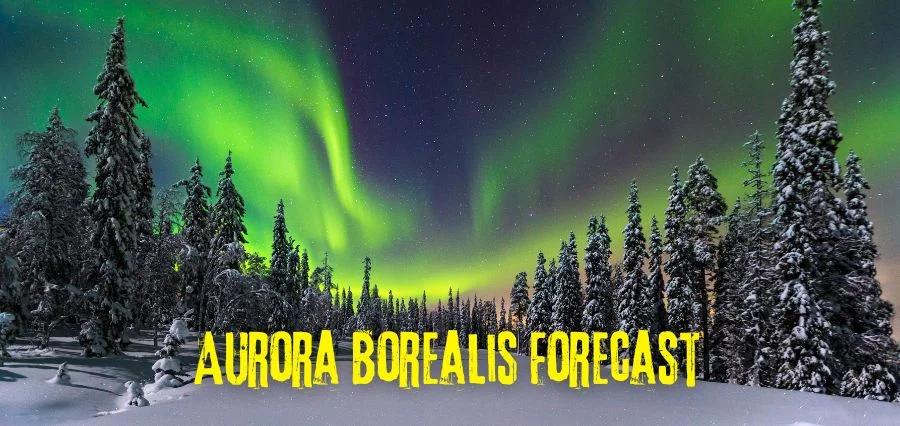Top Aurora Borealis Forecast Tips and Destinations 2025

The Northern Lights—also known as the aurora borealis—have mesmerized skywatchers, travelers, and scientists for centuries. As we approach the peak of Solar Cycle 25 in 2025, forecasts are more exciting and accurate than ever. This year, the night skies are expected to come alive in vivid purples, greens, and pinks, offering one of the most active auroral seasons in recent memory.
Read More: https://enterprisereviewmedia.com/top-aurora-borealis-forecast-tips-and-destinations-2025/
Why 2025 is a Big Year for the Northern Lights
We are now nearing the solar maximum—a period of heightened solar activity in the Sun’s 11-year cycle. This means more frequent and intense geomagnetic storms caused by solar flares and coronal mass ejections (CMEs), making auroras more visible and widespread. The best viewing months remain between late September and March, when the skies are darkest and auroral activity is at its strongest.
Best Places to Witness the Magic
Certain regions are particularly well-placed to view the aurora borealis. Top destinations include Tromsø in Norway and Abisko in Sweden, both within the “auroral oval”—a ring-shaped zone where auroras are most common. Iceland, with its dark winters and scenic backdrops, is also set for a spectacular season.
In North America, northern Canada—especially the Yukon, Northwest Territories, and Nunavut—offers excellent conditions. With the increased geomagnetic activity, lower-latitude locations such as Minnesota, Maine, and even parts of Germany might catch glimpses during strong storms.
Technology is Changing How We Forecast Auroras
Modern aurora forecasts have become remarkably precise thanks to advances in satellite technology and real-time space weather monitoring. Data from NASA’s DSCOVR satellite and the European Space Agency’s SWARM mission, along with magnetometer readings and the KP index, allow scientists to predict when and where the lights will appear—sometimes to the hour.
Smartphone apps and websites now offer real-time aurora alerts and visibility maps, allowing enthusiasts to plan spontaneous trips or adjust viewing spots on the go.
Planning Your Aurora Adventure
Tour operators and northern resorts are increasingly tailoring travel experiences around aurora forecasts. Resorts in Alaska and Finnish Lapland, for example, offer guided Northern Lights tours, “aurora alarms,” and even wake-up calls when the sky lights up.
For photographers, forecasts are especially valuable. Knowing the time and location of potential auroras allows for better composition, camera setup, and weather conditions—vital for long exposure shots that capture the lights in their full glory.
The Cultural and Spiritual Side of the Lights
Beyond science and sightseeing, the aurora borealis holds deep cultural significance. Indigenous peoples have long viewed the lights as ancestral spirits or celestial messages. Today, standing under the shimmering sky often brings a sense of humility and wonder—an emotional reminder of our place in the universe.
Final Thoughts
With solar activity peaking and forecasting technology reaching new heights, 2025 is shaping up to be a banner year for aurora watchers. Whether you're traveling to the Arctic Circle or hoping for a lucky glimpse from your backyard, the aurora borealis forecast is your key to unlocking one of nature’s most enchanting shows. So pack your bags, download your favorite forecast app, and prepare to witness a sky dance that words can barely describe.
- Art
- Causes
- Crafts
- Dance
- Drinks
- Film
- Fitness
- Food
- Spellen
- Gardening
- Health
- Home
- Literature
- Music
- Networking
- Other
- Party
- Religion
- Shopping
- Sports
- Theater
- Wellness


